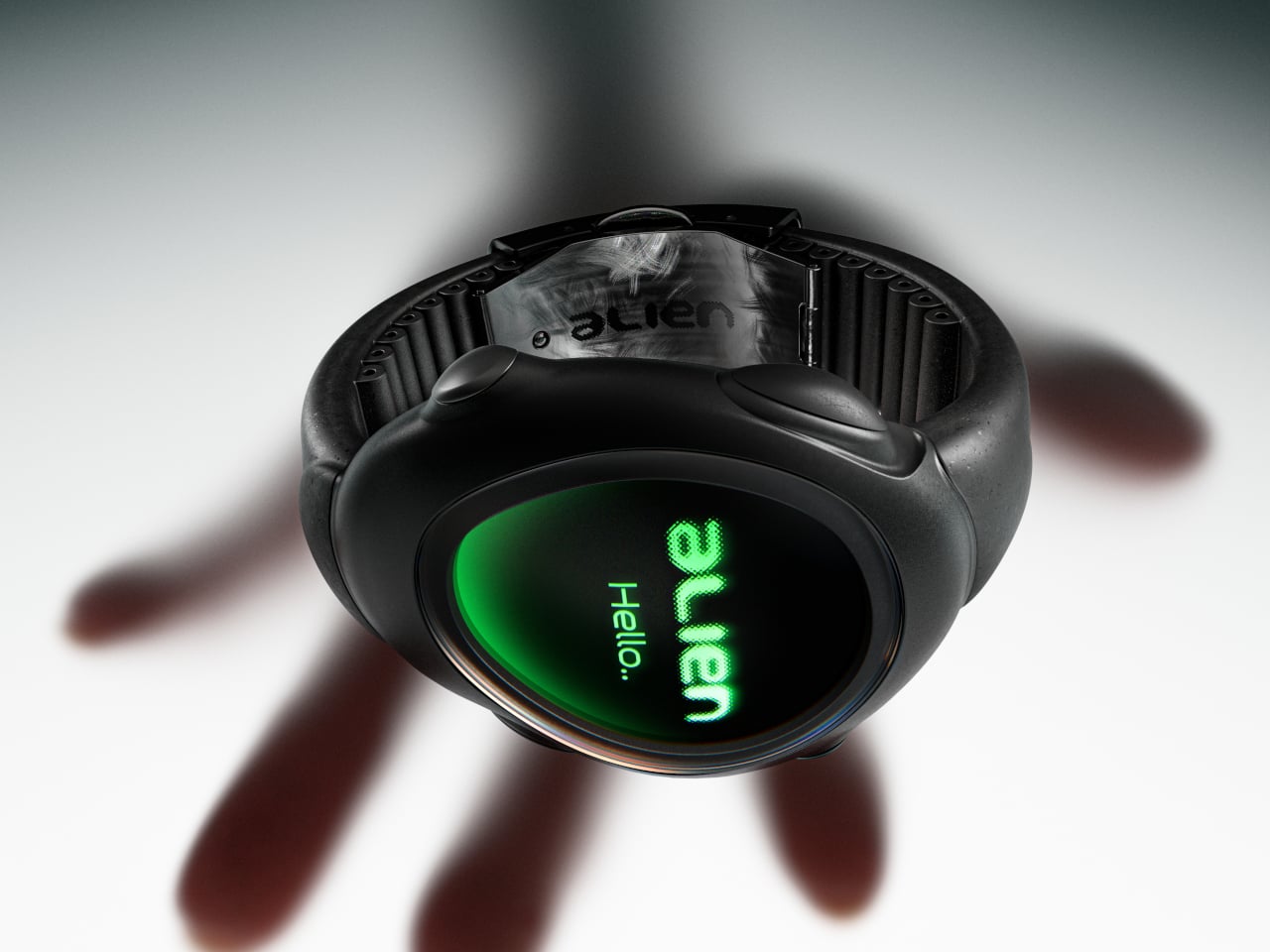The cost of feeding a family of four shot up by €3,543 in four years, according to a new study commissioned by Caritas. The cost of food for low-income families has risen by up to 50% over the past four years with families with children barely earning enough money to cover basic life expenses, the study found. Whereas in 2020, food cost a low-income family with two children €7,132, this shot up to €10,675 in 2024.
In the case of an elderly low-income couple, they spent €3,375 on food in 2020 which increased by 33% - to €4,488 this year. This emerged in the study titled The Minimum Essential Budget for a Decent Living 2024 published by Caritas Malta on Wednesday. The study, the fourth in its series, builds on three previous full studies carried out in 2012, 2016 and 2020.

Two mini studies, that focused on food and health, were conducted in 2022 and 2023. As with previous studies, the 2024 study looked at three categories of low-income households: two children and two adults, a single parent with two children, and an elderly couple. The study looked at their income – based on minimum wage, social benefits, bonuses and allowances.
These were layered over basic life expenses. It did this by creating a basic basket of goods that included: food, clothing, health items, housing and household maintenance-related items, transport, education and culture, and personal care. Certain items were added to the 2024 basic basket to reflect people’s needs.
These included: pricing of a capsule wardrobe, one visit to a private doctor, capped heating and air conditioning use (gas cylinder use was decreased), and mobile phone monthly top-ups. Assumptions were made that included: that these families had no major health expenses, were eligible for food aid packages and energy benefits, resided in subsidised housing, mainly used public transport and benefited from free education. Apart from the basic basket, the study looked at an augmented basket that, while still simple in terms of living, included certain choice-based expenses: owning a car, commercial rent, occasionally eating out or ordering take-out, and pet care.
The findings showed that low-income households made of two adults and two children need €19,153 for the basic basket. This increases to €33,177 for the augmented basket. They spent €10,675 (56% of the basic basket) on food – the biggest expense across all categories.
The second highest expense was on clothing (€2,148) followed by household goods and maintenance (€1,793). In the best-case scenario, these families received a maximum €21,132 annual income which showed that they scraped through to afford the basic basket expenses. The study showed that families with infants and toddlers were at a financial disadvantage as they faced one-off and recurrent expenses that amounted to over €1,800 a year.
Expenses included baby clothes, food and milk, nappies and mothers’ supplements during and after pregnancy. A single parent with two children needs €17, 013 a year to afford the basic basket and this shoots to €30,724 for the augmented basket. These families received a maximum income of €20,463 a year with one minimum wage, tapering benefits and other benefits bonuses and allowances.
This showed that single parents could not afford little luxuries such as ordering food and owning a car. Single-parent families spent €7,948 on food (47%). This expense was followed by household maintenance and expenses (17%) and personal care (9%).
Elderly low-income couples need €14,732 for the basic basket or €26,556 for the augmented basket. They spend the bulk of their money on food (€4,488) and household goods and maintenance (€4,516). The latter could be due to the fact that their homes need more maintenance.
In the best scenarios, these couples receive €15,974 annual income to include one pension and other bonuses and allowances. This rose to €21,116 if both received a pension. The report highlighted that low-income families could make choices that slashed their budgets when it came to the two major expenses – food and clothing.
The cost of a seven-day menu varied for people residing in different localities. For example, a four-person family spent €171.81 a week in the southern eastern harbour.
The cost of the same items was €243 in the southern harbour. Similarly, picking charity shops for clothes shopping made a huge difference in the final annual cost of clothing. In the case of a family with two children, the cost dropped from €1,916 a year from regular shops to €433 from second-hand shops.
The study went on to make various recommendations that could support these struggling families. These included: Independent journalism costs money. Support Times of Malta for the.



















